1. Model Validity
1.1. X vs Y
1.1.1. How best does it fit the straight line
1.2. SR vs Fit & X's
1.2.1. Constant variance
1.2.2. Random/No discernible patters
1.2.2.1. Smiley/Grumpy Face
1.3. Multicollinearity
1.3.1. Correlation table
1.3.1.1. +/- 0.70 cutoff
1.3.2. Signs of coefficients contradict signs of correlation between Y and X's
1.4. Outliers
1.4.1. Look for large S.D outside +/- 2 in the SR plot
1.4.2. Investigate if there are special circumstances
1.4.2.1. Dummy Variables
1.5. No value in these if the model is invalid
1.5.1. R^2
1.5.2. Significant p-values
2. Steps
2.1. Valid Model
2.2. Parsimonious Model
3. Transformation
3.1. Non constant Variance
3.1.1. Log Y
3.2. Bunching
3.3. Funnelling
3.3.1. Log Y
3.4. Bunching & Funnelling
3.5. Non Linear/Curvilinerar
3.5.1. Quandratic
3.5.1.1. add new term x^2
3.6. User Forced => Elasticity
3.6.1. LogY, LogX
3.7. Why - Log Tx
3.7.1. Normalises skewness
3.7.1.1. spread the small values out + squeeze the large values together.
4. Unfinished Biz
4.1. ANOVA Interpretation
4.2. SSR., SST
5. Tips
5.1. Point Estimation
5.1.1. use y-hat
5.2. Hypothesis testing
5.2.1. One / Two tailed => use biz logic
6. Interpretation
6.1. y = bo + b1x
6.1.1. If x increases by 1, then y increases by b1
6.2. y = bo + b1 Log(x)
6.2.1. A 1% increase in x, gives 0.01 x b1 increase in y
6.3. Log (y) = bo + b1x
6.3.1. A 1 unit increase in x gives a (b1 x 100)% increase in Y (Including when x is a 0-1 dummy variable)
6.4. Log (y) = bo + b1 Log (x)
6.4.1. A 1% increase in x gives a b1 % increase in Y
7. ANOVA
7.1. WHY:
7.1.1. test significance of linear Rx b/n Y and subset / all X's
7.2. F:
7.2.1. Similar T Statistic

